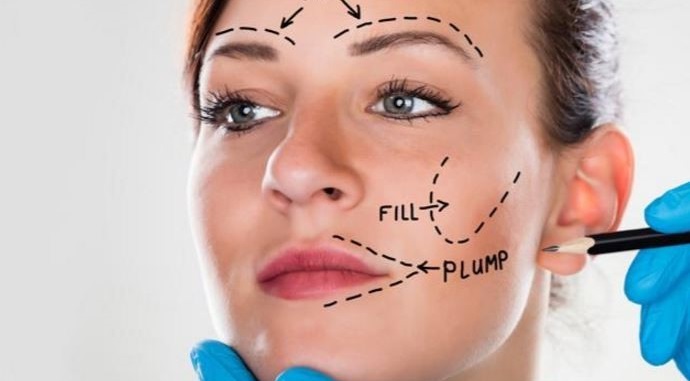
There is no doubt that science has advanced in leaps and bounds during recent times. With complicated surgeries becoming more accessible and predictable, thanks in no small part to advanced forms of medical care, it is no surprise that the LGBTI community is also beginning to experience benefits.
One of the rapidly evolving fields involves a procedure known as Facial Feminisation Surgery (sometimes known simply as “FFS surgery”).
What does this process entail? Why has it become so desirable? Are there any potential risks to be aware of? Let’s take a closer look at the answers to these important questions…
So, What Exactly is Facial Feminisation Surgery?
As you might have guessed, this type of surgery tends to cater to trans women who are looking to achieve more feminine features. In other words, it is designed to enable the individual to feel more in tune with their own gender identity.
It should also be mentioned that FFS is actually sought forby anyone who is looking to soften some masculine features within their face.
FFS involves a number of different steps which tend to depend in part upon the desires of the client. For example, the shape of the chin can be modified or the jaw line can be reduced and softened. The same holds true for other regions such as the cheekbones and the nose.
Some procedures can be more invasive while others (such as modifying the lip volumes or the eyelids) are considered to be rather cosmetic in nature.
A liplift on the contrary, or changing the position of the upper lip, is actually a feminising procedure, not necessarily strictly beautifying.
What are the Benefits of Facial Feminisation Surgery?
It can be argued that the most important windfall of this type of surgery involves the self-esteem of the patient.
FFS will help individuals express who they truly are and as a result, they will feel comfortable with their own appearance. This often eventually results in greater levels of self-confidence and fewer incidences of problems that have been present within the LGBTI community such as social anxiety.
Above all, this process will allow trans women (as well as every other gender type) to feel more comfortable within their own skin. This inevitably leads to a more satisfying and rewarding life for all of those who are involved.
Are There any Dangers Associated with Facial Feminisation Surgery?
The good news is that this form of surgery is quite similar to other types of facial reconstruction techniques, with established controls in the safety and predictability of results.
Clinics such as FACIAL TEAM have developed specific techniques which are targeted to achieving a more feminine appearance, adapting approaches to be subtle or aggressive as necessary, yet with natural results and hidden scars.
Like any type of surgery, there is always a certain amount of pain and discomfort immediately following the procedure which is normally managed with analgesics easily.
This surgery is yet another example of the choices nowadays that are currently available to the LGBTI community. However, not everyone is able or willing to undergo a “medical transition”.
Although health coverage increasingly is accepting different types of gender transition surgery, facial feminisation remains in the “cosmetic” category of many insurers.
Of course, it will also be quite interesting to see what the future has in store as science – and society – continue to advance.
